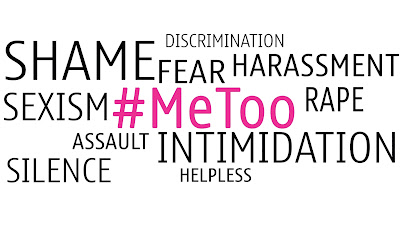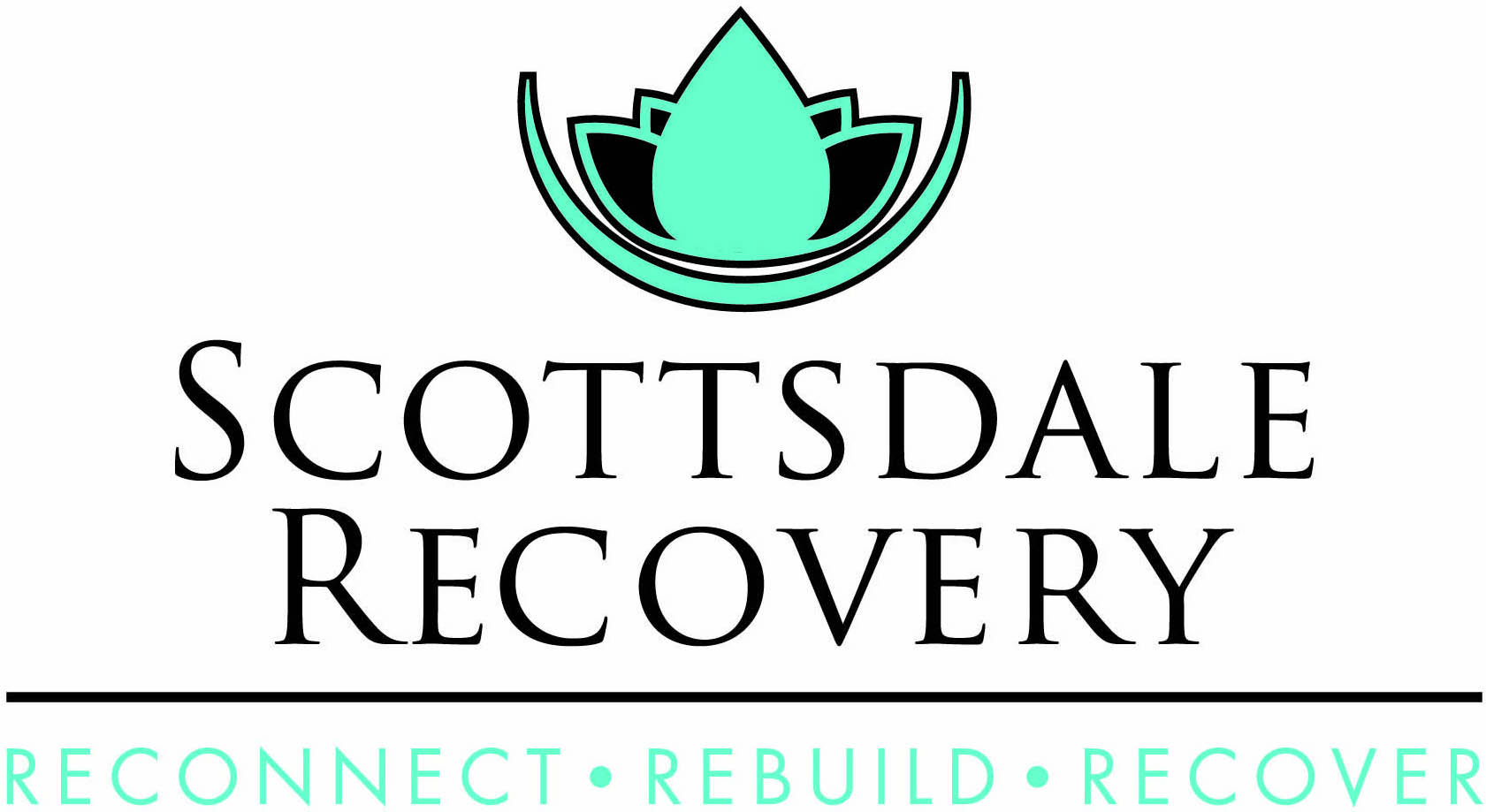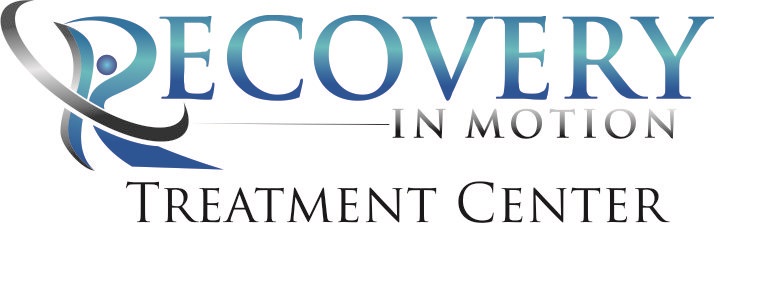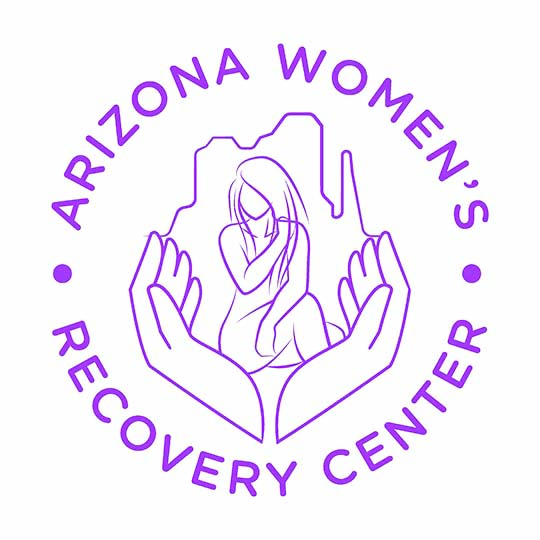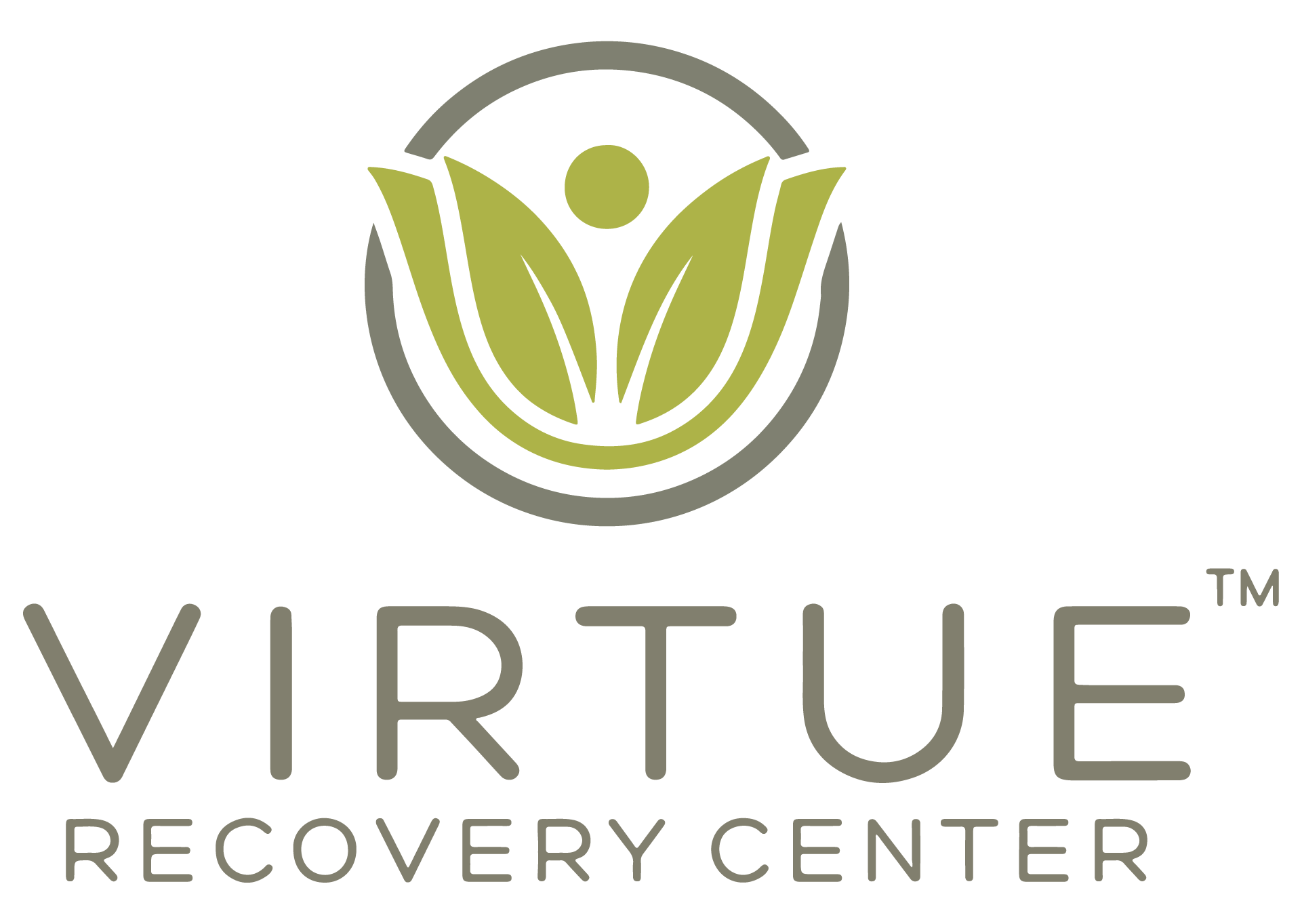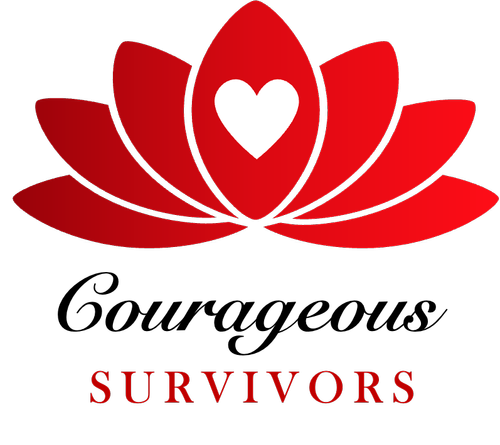By Suzanne Berndt – MC, LAC, MHSA A few months ago, I had the opportunity to sit with Barbara as she recalled the sexual assault she experienced in her home...
By Suzanne Berndt – MC, LAC, MHSA
A few months ago, I had the opportunity to sit with Barbara as she recalled the sexual assault she experienced in her home decades ago. She shared her confusion around the triggers she recently experienced as the #MeToo movement grew from a small grass roots advocacy group to an international phenomenon.
The Media Explosion
The subsequent media blitz filled our homes and workplaces with first-hand accounts by both men and women of sexual abuse and assault. The perpetrators were identified as acquaintances, strangers, family members, friends, trusted people in authority, media figures and political leaders.
I sensed that Barbara was somewhat confused and embarrassed by her emotional response. She felt she had “recovered” from her traumatic experience and the resultant struggle with substance abuse and compulsive sexual behavior. She had done her work and her sobriety was a testament to that. She was a survivor and had moved on with her life and left the trauma in her past — or so she thought.
April was National Sexual Assault Awareness and Prevention Month. It is sponsored by RAINN (www.rainn.org) – Rape, Abuse, Incest National Network which is the nation’s largest anti-sexual violence organization. Recent statistics provided on the RAINN website illustrate just how endemic sexual violence is within our culture.
Every 98 seconds an American is sexually assaulted.
- 1 out of every 6 American women has been the victim of an attempted or completed rape.
- 1 out of every 10 rape victims are male.
- 33% of women who are raped contemplate suicide while 13% attempted suicide.
- Rape survivors are 3.4 times more likely to use marijuana, 6 times more likely to use cocaine and 10 times more likely to use other major drugs.
All of these data points represent individuals. Women, children and men marginalized by misogyny, intolerance, powerlessness, race and circumstance. Sexual assault, violence and abuse create trauma unlike any other trauma in that our insidious rape culture often leads to secret keeping, shame, guilt and isolation.
Rape Culture Defined
Rape culture is the sociological concept that describes an environment in which sexual violence is normalized and women are objectified. It is a victim blaming, slut shaming environment perpetuating a belief that sexual assault is inevitable.
During our time together, Barbara and I began to explore the concept of trauma and how it is often misunderstood. Freud defined trauma as, “A breach in the protective barrier against overstimulation, leading to overwhelming feelings of helplessness.” Peter Levine, PhD, a psychologist specializing in trauma defines it as “A loss of connection – to ourselves, to our bodies, to our families, to others and to the world around us.”
Traumatic symptoms are not caused by the event itself. In the case of sexual assault or abuse, it is not the event per se but rather the response in the nervous system. Often times what we consider to be the trauma, in Barbara’s case being raped and her life threatened, is only part of the story.
The After Affects of a Traumatic Event
Trauma is often viewed as a finite, acute event that we can easily identify. However, the real trauma can come after the identified event. Consider the response of Barbara’s parents when she told them of the rape. Her mother distanced herself from Barbara by referring to her as “your daughter” when she told her father of the rape. Then, to add insult to injury, Barbara was physically assaulted yet again by another man – this time, tragically, by her father. The medical professionals she encountered proved to be less than supportive and Barbara picked up on their unspoken message that she was to blame for the sexual violence she endured.
As the statistics bear out, Barbara’s experience is not an isolated one. A few years ago, I was asked to work with a woman who disclosed that in her early 20’a she had been drugged and raped by a well-known celebrity. She described herself as young, naive and passionate about working in the entertainment business. She was encouraged by her agent to meet with this powerful man under the guise that she was “special.” He offered to be her coach and mentor in an industry which was notoriously difficult to find opportunity and success. She later discovered that her female agent had been a “pimp” of sorts, offering her up to be sacrificed to a known perpetrator.
As a result of her shame, she spent years struggling with alcoholism and found it almost impossible to be emotionally vulnerable enough to have meaningful relationships. Her struggle to parent her children in a functional way and to connect with her husband was ever-present. In her recovery, she became an activist and champion for others victimized by this man. However, because she was only one of multiple accusers the prosecuting attorneys told her that her case was not as compelling as some of the other accusers’ cases and as a result she would never have her day in court.
She “lost” in the competition to have the best assault story buoyed by the most comprehensive evidence. The legal system minimized her experience of rape and assault — the very institution that she sought to represent her. Another example of piling on trauma to what was already a traumatic event.
Human beings are social animals and there is an inherent belief or social contract within the species. We are tribal. We are clannish. We have an overriding desire to belong. If there is a need for help or support, it is in our DNA to reach out and connect. If that connection is lost, denied or in some other way unavailable, feelings of betrayal, abandonment, isolation, anger, sadness and fear set in. The lack of support can be traumatic all on its own, separate from the traumatic event.
It is a breach within the human “family” system in which we play a part. In the case of sexual abuse and rape it can be devastating. For example, the trauma experienced by being in a car accident or natural disaster is often met with compassion and support. Sexual trauma is frequently stigmatized by our culture leading to shame and a reticence in coming forward to share the emotional and physical injuries one must endure. Self-esteem, self-confidence, connection to others and to the world at large are negatively impacted
Grief: A Frequent Byproduct of Trauma
Grief related to sexual violence is complicated. There is loss of identity, safety, innocence and trust — all difficult in their own way. The assault is confirmation that not only the world, but one’s own body is not a safe place. These “little deaths” must often be cloaked in secrecy and isolation. Survivors may find little room to grieve in the aftermath of sexual assault because of societal judgement. Acknowledging that one is a survivor of sexual trauma can be met with scrutiny, disbelief and blame.
In addition, a victim’s sense of shame perpetuates the negative belief that they have no right to grieve. This is disenfranchised grief. In our society, sexual assault might not be considered an “acceptable” loss. It is neither socially sanctioned nor publically mourned. Well-meaning friends and family, struggling with their own emotional intolerance and lack of resiliency, are not able to provide a space in which the survivor can acknowledge their loss. They encourage the survivor not to cry, to move on and to not think about it so that they do not have to think about it.
Victims of sexual abuse often describe the feeling of living a short distance outside of their bodies. This feeling is a result of having experienced an inescapable attack and the body being unable to fight or flee which is the natural animal instinct in an attack. With no other available option, the body and often the mind enter a state of “freeze.” It is no longer safe to be in the body and as a result, physical sensation and emotional response can overwhelm the nervous system. This “body narrative” can evolve from “I feel bad” to “I am bad,” often resulting in addictive behavior — the need to numb what cannot be tolerated, regulated and for which there is no resiliency. Where there is trauma — sexual or otherwise — there is an increased chance for addictive behavior.
Barbara’s struggle with drug and alcohol abuse after the rape makes sense in that it buffered not only her somatic response to the assault but also the negative beliefs that often stem from victim shame.
Her reported promiscuity is not unusual for survivors of sexual assault and abuse. Sexually acting out is a type of trauma repetition. There is a need to make sense, gain mastery and find meaning in our trauma.
All Sexual Trauma is about Violation and the Exercise of Power
Our sacred space, our very essence is shattered and our energetic, spiritual, emotional and sexual boundaries are ruptured. Physical injury may not be treated due to a lack of resources, a lack of empathy and advocacy within the medical system or the minimization/denial of the injury due to the survivor’s feelings of guilt and shame.
Unresolved trauma experiences can lurk underneath the surface of our consciousness and reside deep within the brain. Post traumatic stress disorder might be assigned as a diagnosis but to my mind it is more like a post traumatic stress injury. There is nothing disordered about a response to the deepest wound experienced by the physical organism (body) and spiritual identity (soul). Not everyone who experiences trauma will develop PTSD, but a traumatic experience can alter brain function.
Thankfully, the brain is pliable and “plastic.” This means that while trauma from the past can alter our brains, our brains can also change in response to what we experience now and in the future.
Picture the brain as a beautiful, living example of the evolutionary process. Anatomical function from the front of the brain to the back of the brain represents “newest” to “oldest” development. The most “evolved” or newest anatomical development in the brain is the pre-fontal cortex which is located behind the forehead. It is the thing that makes us human. No other animal has this.
Simply put, it is the “thinking” part of the brain, where rational thought, personality, empathy, problem solving, and decision making reside. The less evolved or “older” mid-brain or limbic system is the “emotion regulation” center and is where memory, compulsivity and addictive behavior is generated. Finally, the most ancient part of the brain known as the amygdala or reptilian brain is the “fear center.” When trauma occurs the functional connection between the amygdala and the frontal lobe can be affected. The amygdala will become over activated as if “the house is on fire” even if the threat is gone.
In contrast, the frontal cortex is under activated and cannot provide a cohesive message telling the fear center “we are no longer in danger.” In a metaphorical sense, the smoke detector is going off in the absence of smoke.
Unresolved trauma can also stay “stuck” within our bodies. When we are unable to fight or run due to an inescapable attack we go into a “freeze” response which is high activation. This leads to an inability to complete an active, defensive response. Trauma energy generated by biochemical response can collect in our bodies at a cellular level. This can become toxic and inflammatory and lead to autoimmune disease and other physical pathologies. Survivors of sexual assault often carry this trauma energy in their pelvic region resulting in a significant predisposing risk for somatization of chronic pelvic pain and other pelvic pathologies.
Finding Recovery
Sexual assault, rape and incest are life altering experiences but recovery is possible. Finding a compassionate therapist who specializes in trauma and understands its affects, including mood disorders and addiction can be a first step. Therapeutic modalities aimed at trauma resolution include:
Eye Movement Desensitization and Reprocessing Therapy (EMDR) uses subtle eye movement and/or bilateral stimulation – to rewire the brain and modify the way a survivor processes the event.
Somatic Experiencing (SE) works with the felt sense of the body to build emotional resiliency and tolerance. It addresses the dysregulated autonomic nervous system.
Cognitive Behavioral Therapy (CBT) addresses the negative core beliefs we carry about ourselves and reframes them. For example the idea of “I am bad” can be reframed to “I feel bad” and transformed into “A bad thing happened to me.”
Trauma Informed Yoga is a body based modality that can facilitate the safe return to one’s body.
Mindfulness Based Stress Reduction (MBSR) is a national program developed by Jon Kabot-Zinn out of the University of Massachusetts Medical Center. It is an eight week long, evidenced based program designed to reduced emotional and physical pain through the practice of mindfulness.
Bio-feedback is an evidenced based modality used to increase functional brain activity and reduce trauma symptoms through brain training exercises. It can also help to address addictive behaviors and compulsivity.
In the wake of the #METOO movement, fueled by the self-reports of survivors and the unmasking of perpetrators, I observed the flurry of celebrities, politicians and pundits who quickly shared their thoughts and feelings. Many expressed outrage and disbelief. They were “Shocked!” at the extent to which sexual abuse and misogyny ran as a rampant thread throughout the tapestry of our culture.
I was shocked that they were “Shocked!” They were quoted time and again as having said, “I have a mother, sister, daughter, wife and I cannot condone this behavior!” I do not recall hearing, “I have a father, brother, son, husband and I cannot condone this behavior,” when a male was identified as a survivor or perpetrator.
My interpretation of this message is female survivors of sexual violence are acknowledged, valued and legitimized when they are identified in relation to others, usually men. While male survivors and victimizers were seen as individuals unto themselves who needed no point of relational reference to define their humanity. Women were “second-tiered” even in the acknowledgement of their trauma.
The female survivor’s experience was hijacked and redirected to address how the traumatic experience affected others, usually men.
I am hopeful that the #MeToo movement will continue to re-energize the women’s rights movement of the 1970’s. This has been an ongoing battle to define who and what we are in an often unforgiving and maddening society. I am thankful for women like Barbara, who bravely step out of the shadows and into the light to share their stories of sexual trauma and recovery.
Perhaps not unlike our evolving brains, we can evolve from “only me” to “me, too” and then on to “we, in connection to me”.
Suzanne Berndt – MC, LAC, MHSA, is a licensed associate counselor with a masters in counseling and a masters in health services administration from Arizona State University. She holds a bachelors degree is in psychology and anthropology from the University of Michigan. She is trained in Somatic Experience which addresses unresolved trauma that may be carried in the felt sense of the body.
Suzanne works closely with clients to achieve goals and develop lasting skills that will support them in life’s journey. These skills may include setting functional boundaries, creating mindfulness practices, defining wants and needs in recovery, providing relapse prevention support, developing a healthy sense of self, utilizing sound coping skills and supporting resiliency and self-agency to address unresolved trauma and grief.
Visit www.pcsearle.com





